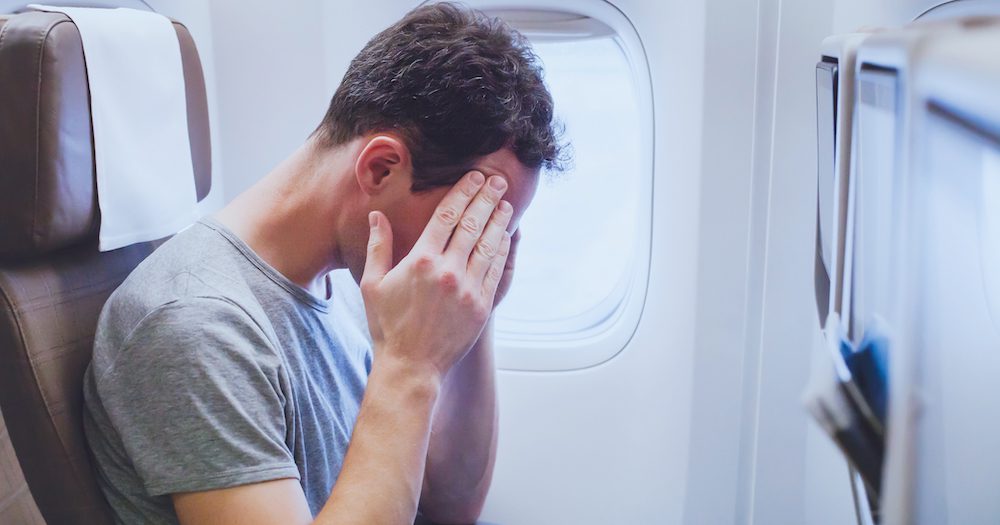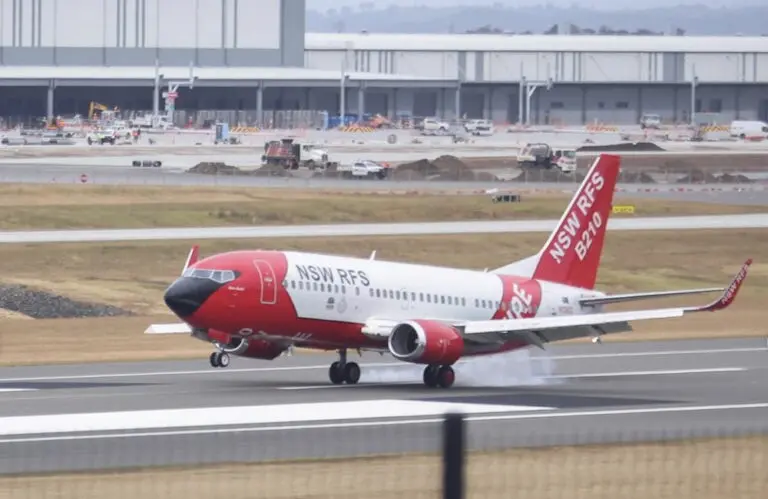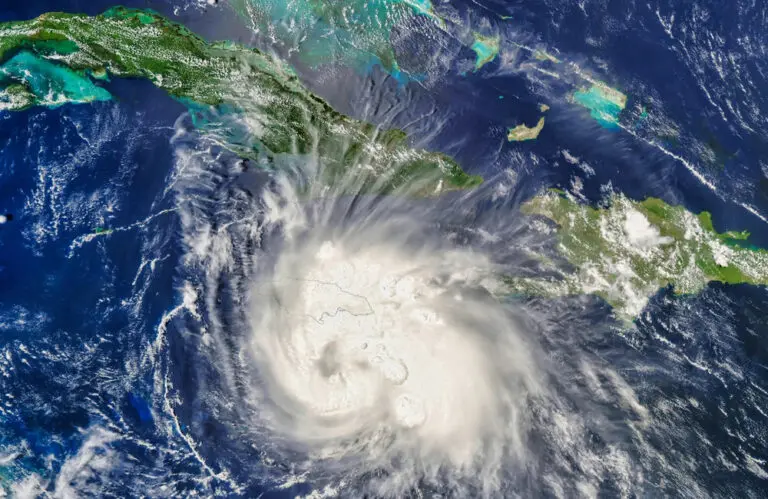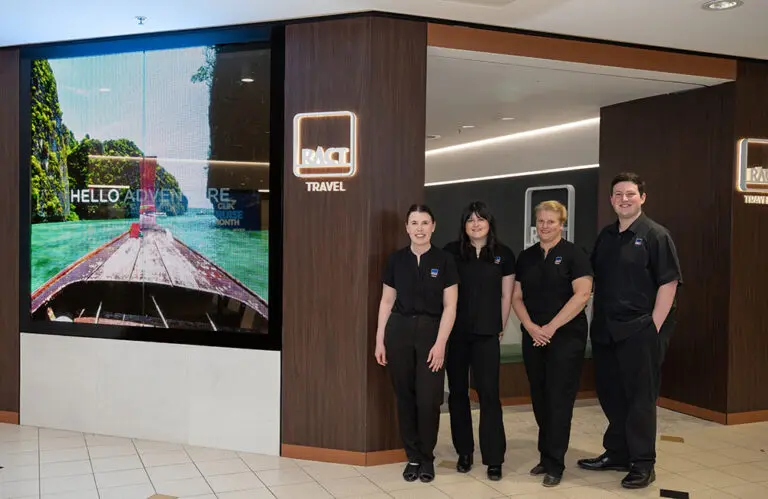Most Australians who have flown with a low-cost carrier in the last 12 months have experienced an issue with the airline, a new study has revealed.
According to the study, three in five (59 per cent) travellers said they had faced problems whilst flying with a low-cost carrier, with delayed or cancelled flights the most common issue – as flagged by 30 per cent of respondents.
The next most common issue related to hidden fees, with one in six (16 per cent) respondents stung by such charges as part of their flight.
Polling 1,097 adult Australians, the Finder survey revealed that poor service and lost baggage were also common issues (10 per cent of respondents).
Looking to cut the cost of holidays, one in three (35 per cent) respondents – representative of more than 7 million Australians – said they flew with a low-cost carrier in the last 12 months.
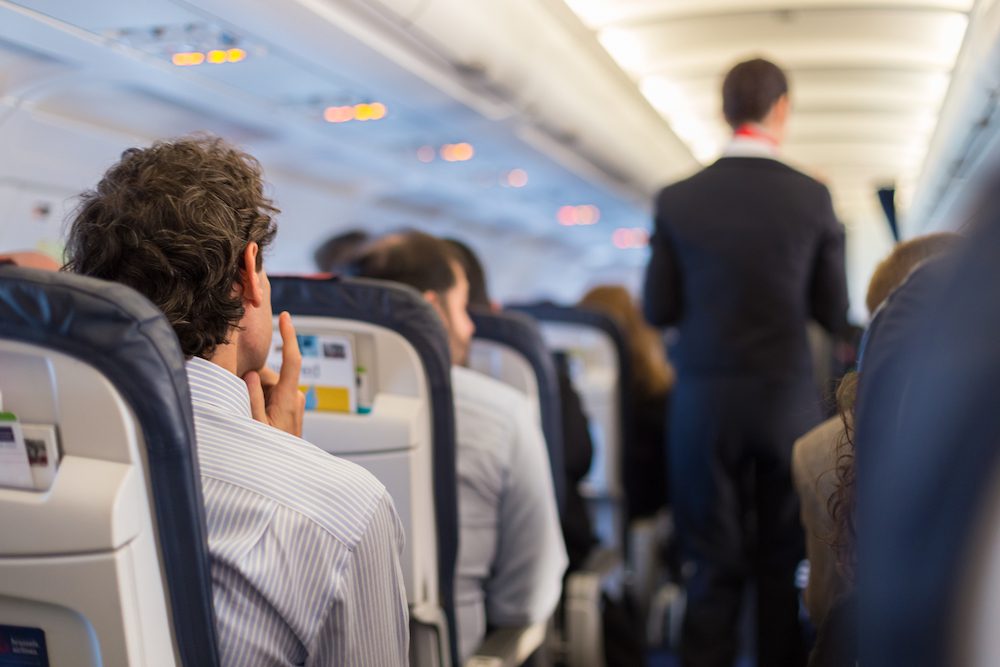
Unsurprisingly, budget-conscious younger generations are more likely to fly low-cost, with more than half of GenZ-ers (53 per cent) and two in five millennials (43 per cent) saying they had done this.
“The rise of low-cost airlines has made travel more affordable for many by offering basic flights at a discounted price,” Finder travel expert Angus Kidman said.
“Saving on flights puts more money back in your pocket to spend while you’re away, but always check your fare covers everything you need.
“On a low-cost carrier, basic inclusions such as luggage and seat selection will cost extra, and connections aren’t guaranteed.”
What do we spend on?
According to the study, two in five (42 per cent) Australians (or at least those polled) have travelled internationally in the past five years, spending an average $6,765.
Accommodation ($2,343) attracted the most spend followed by flights ($2,153), food ($748), activities ($547) and car hire ($311).
“International travel has become more costly as pent-up demand and the peak European summer season coincide,” Kidman remarked.
“It’s not just flights and accommodation, it’s the day trips, transport, meals and insurance.”
Beyond the low-cost carrier, Kidman also had this advice for those looking to travel on a shoestring.
“It’s often true that you get what you pay for and lost luggage or flight delays can add unwanted stress to your holiday,” he said.
“Choose a holiday that fits within your budget – ski vacations and long-haul travel are among the most costly.
“International trips are very expensive, so safeguards like travel insurance can give you some added peace of mind when you travel by offering benefits such as covering lost luggage or cancellated accommodation.”



